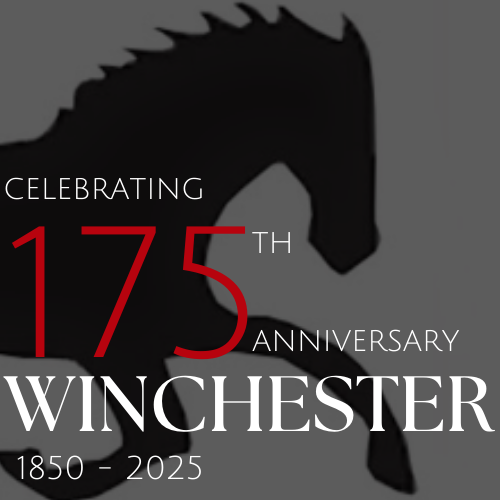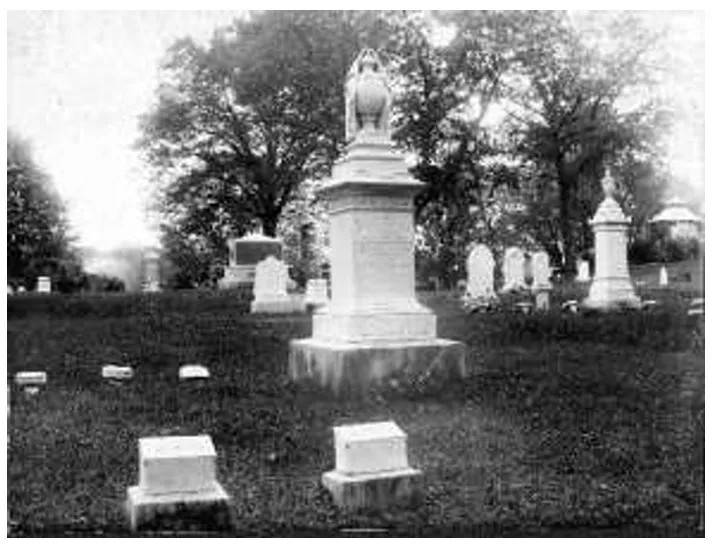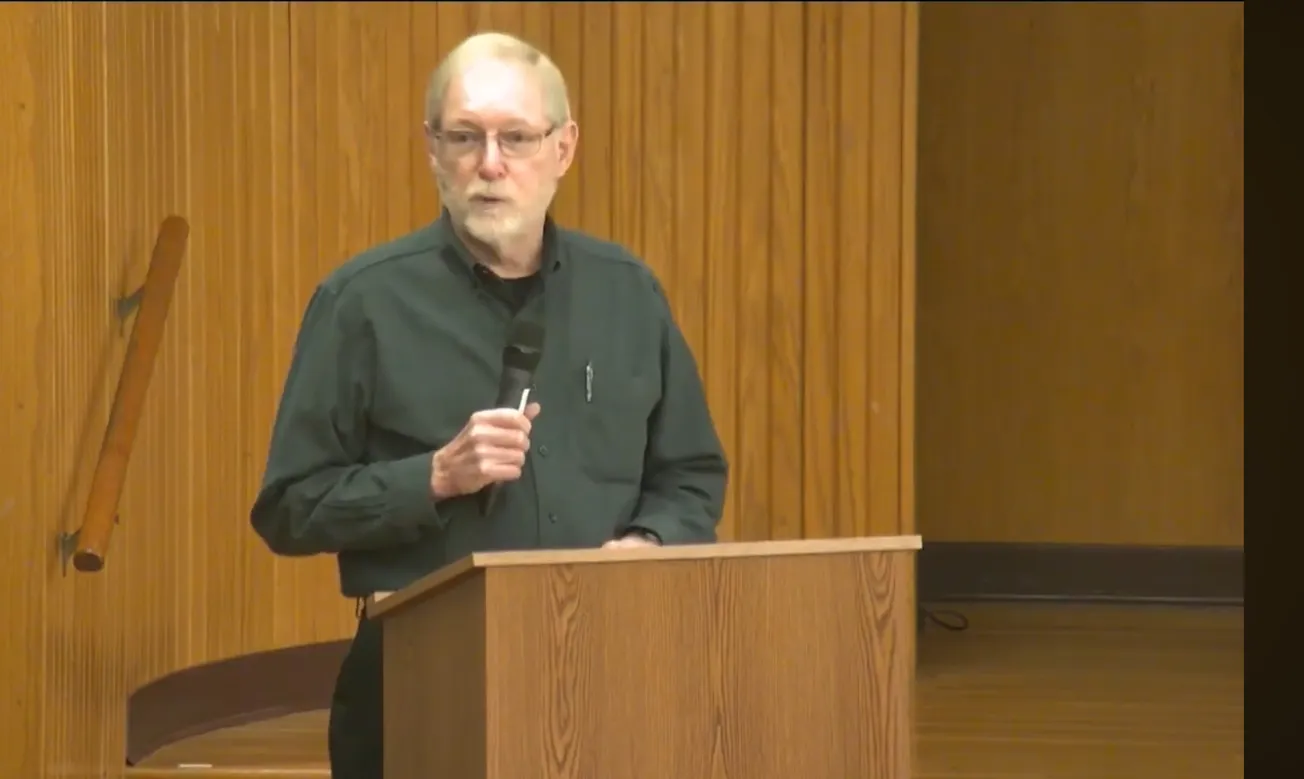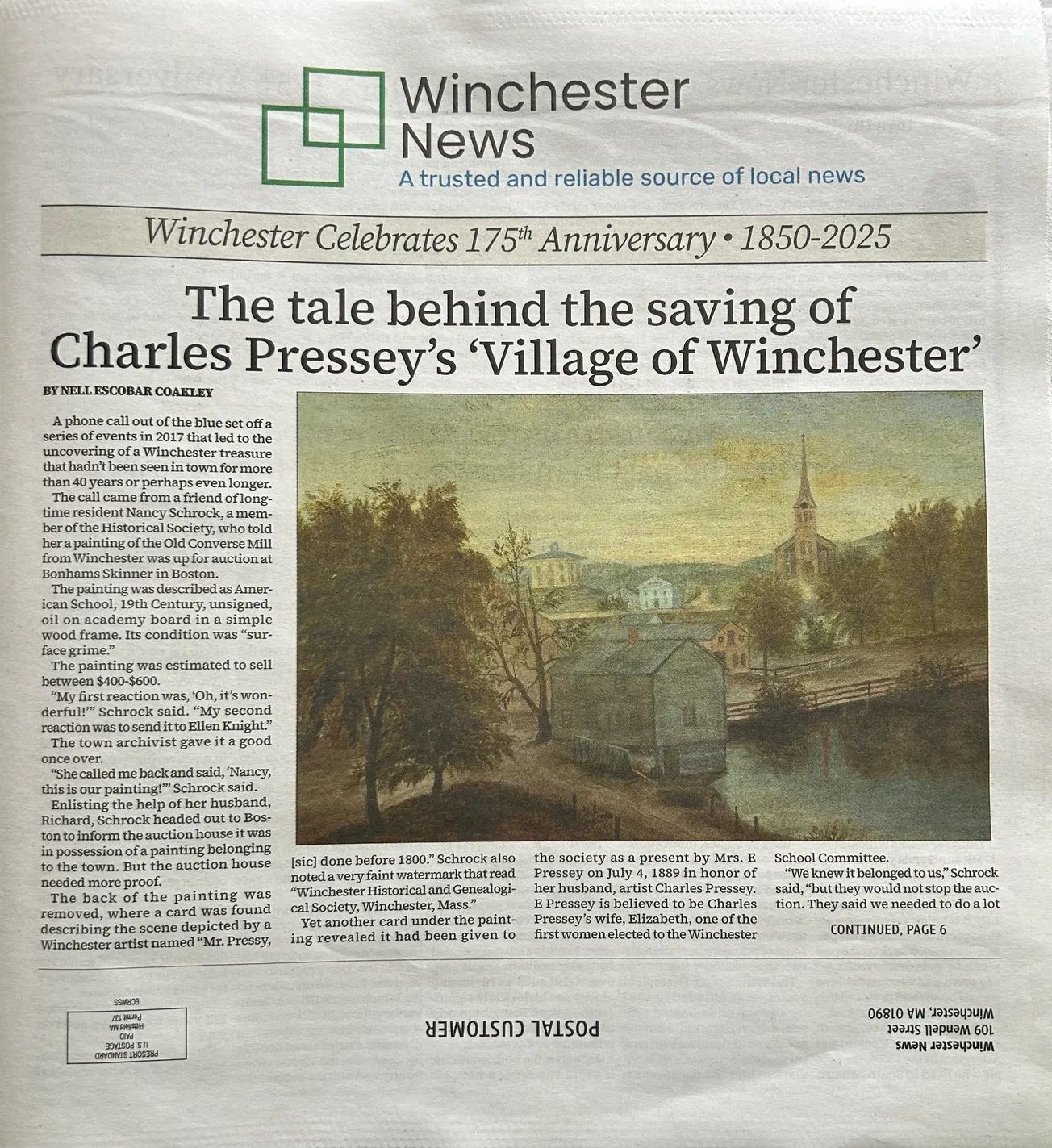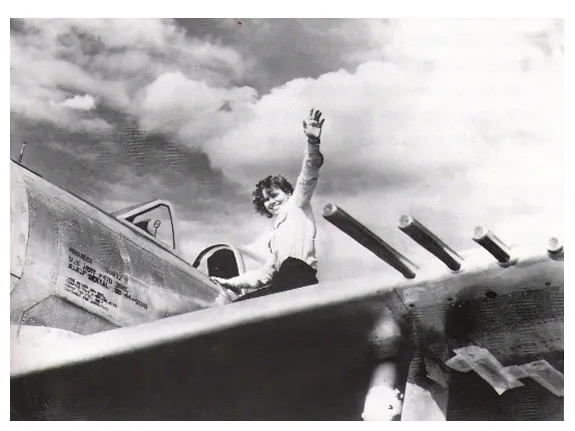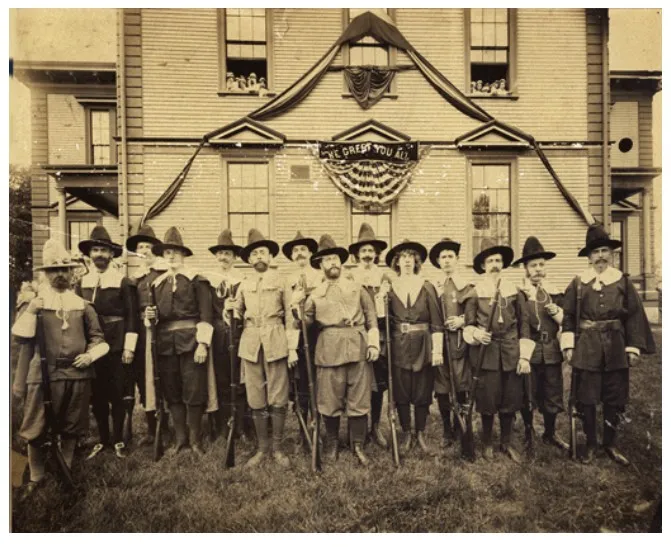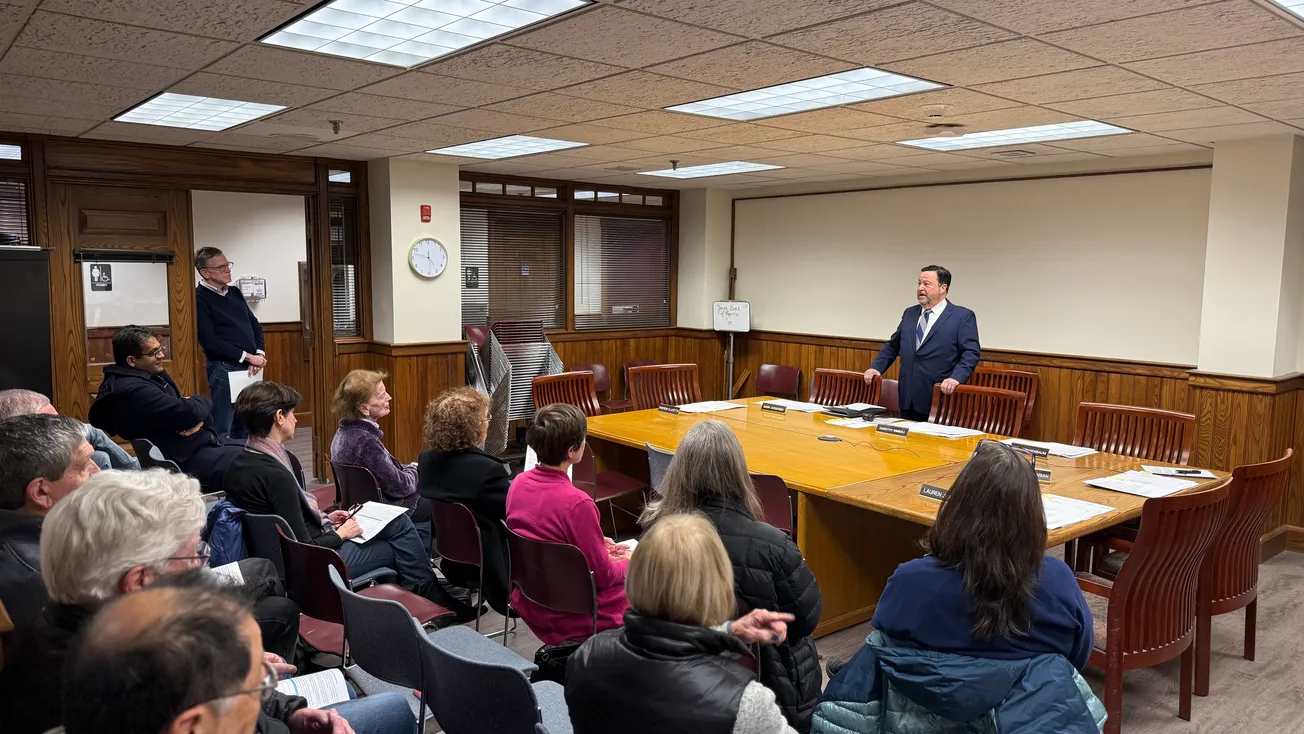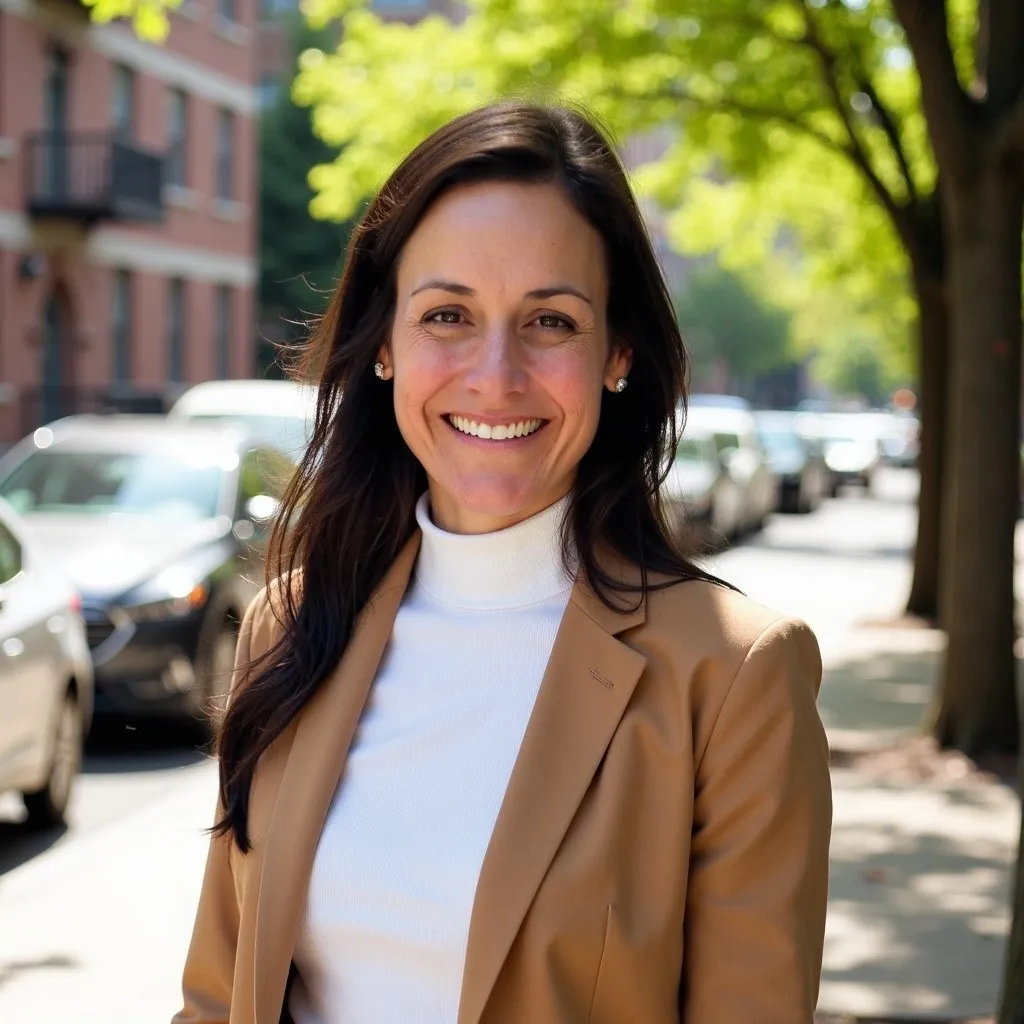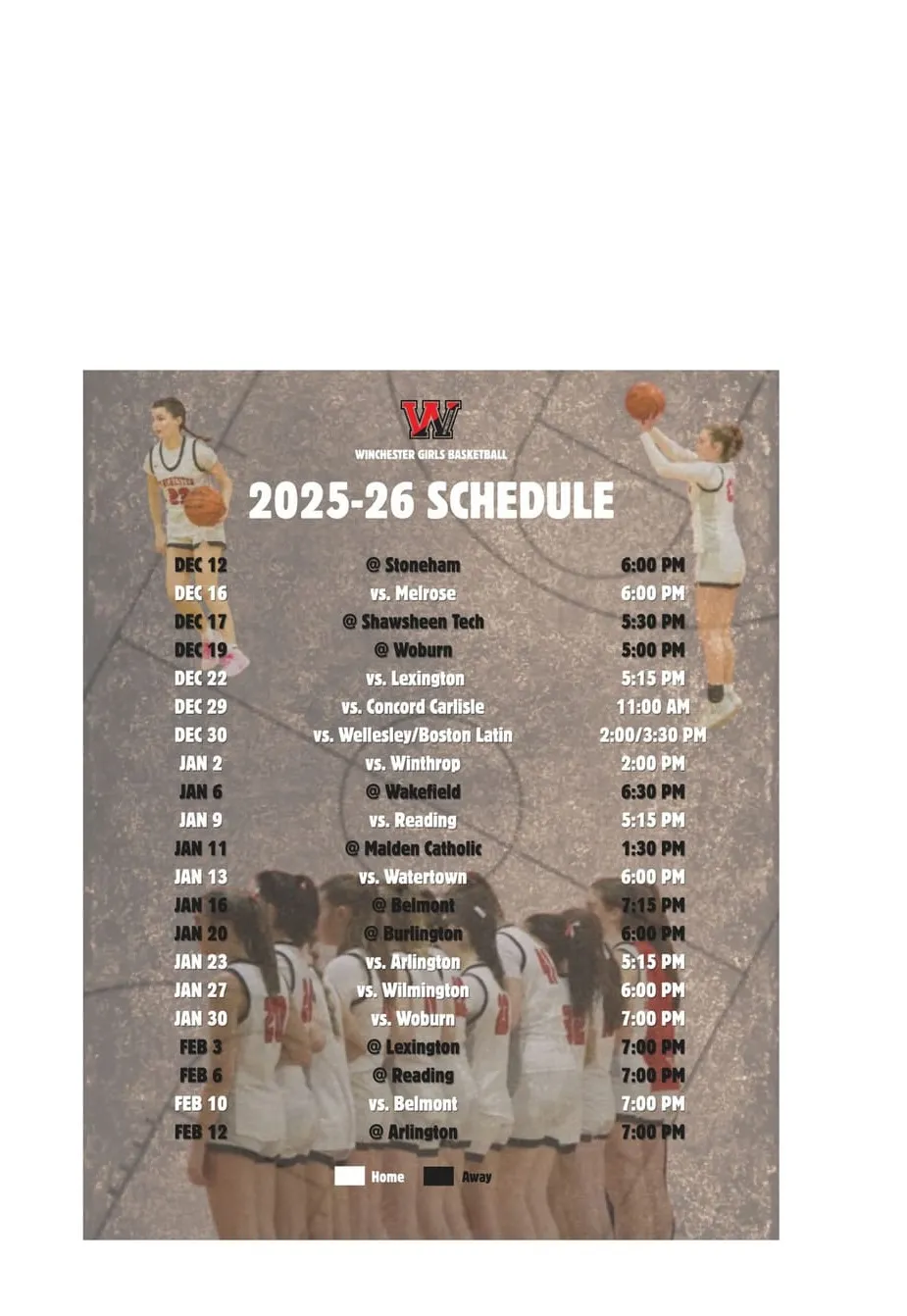Table of Contents
Although industry was the making of the village of South Woburn and early town of Winchester, the time came when it was ousted from the town center and other parts of town. Along the river, in the place of factories, the town created parks.
The first landscaped public area in town was Wildwood Cemetery.
“I only need visit the graveyard of a community to know the character of the people.”
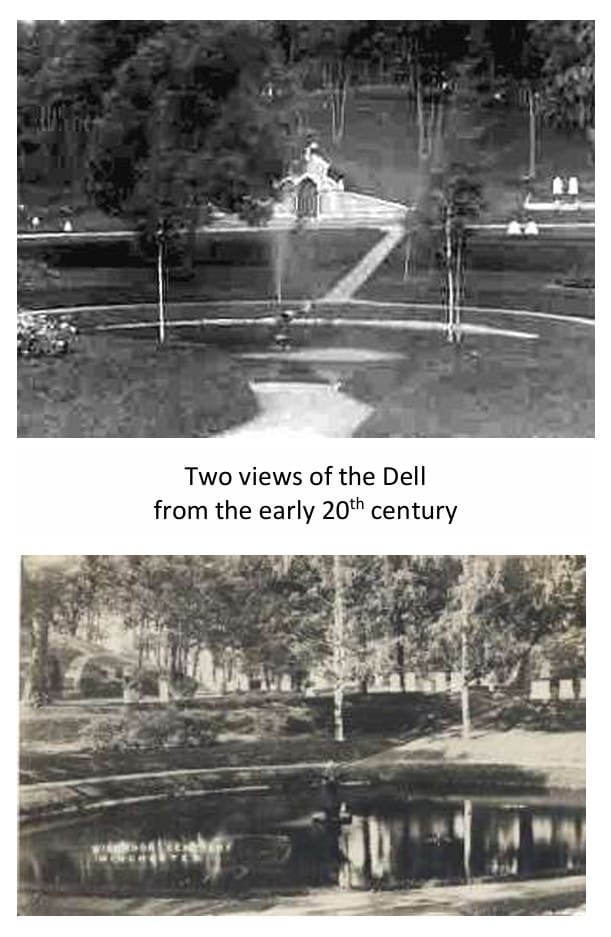
With this quotation from Benjamin Franklin, the Cemetery Commissioners of Winchester began their annual report on Dec. 31, 1899. Their charge was the care of Wildwood Cemetery, almost as old as the town itself and, like the town, a feature which has grown and changed.
Since it was small and could not be enlarged, Town Meeting voted, in the fall of 1851, to borrow from the Winchester Fund (the $3,000 given by Col. Winchester to the town for the honor of having the town named after him) to purchase and prepare the site.
Ten acres were originally purchased for the cemetery in 1851, and Amasa Farrier of Stoneham designed the original plan of lots, carriage-ways, and footpaths.
The sale of lots, plus the sale of the town’s interest in the old church burial ground, was always intended to repay the appropriation from the Winchester Fund. Following the consecration ceremony at 1 p.m. on Sept. 15, 1852, at 3 p.m. lots went on sale on Mount Hope, to the highest bidders. Prices scheduled by the cemetery committee ranged from $5 to $50.
Not until 32 years later, in 1884, was the cemetery committee instructed to pay over to the town treasurer the balance of the Winchester Fund. The committee returned $2,600. (The sum would have been closer to the original $3,000 but for a $195 loss in the failure of the Mercantile Savings Institute of Boston.) During 1885 an additional $622 was paid to the treasurer, thus fully repaying the principal with $222 interest.
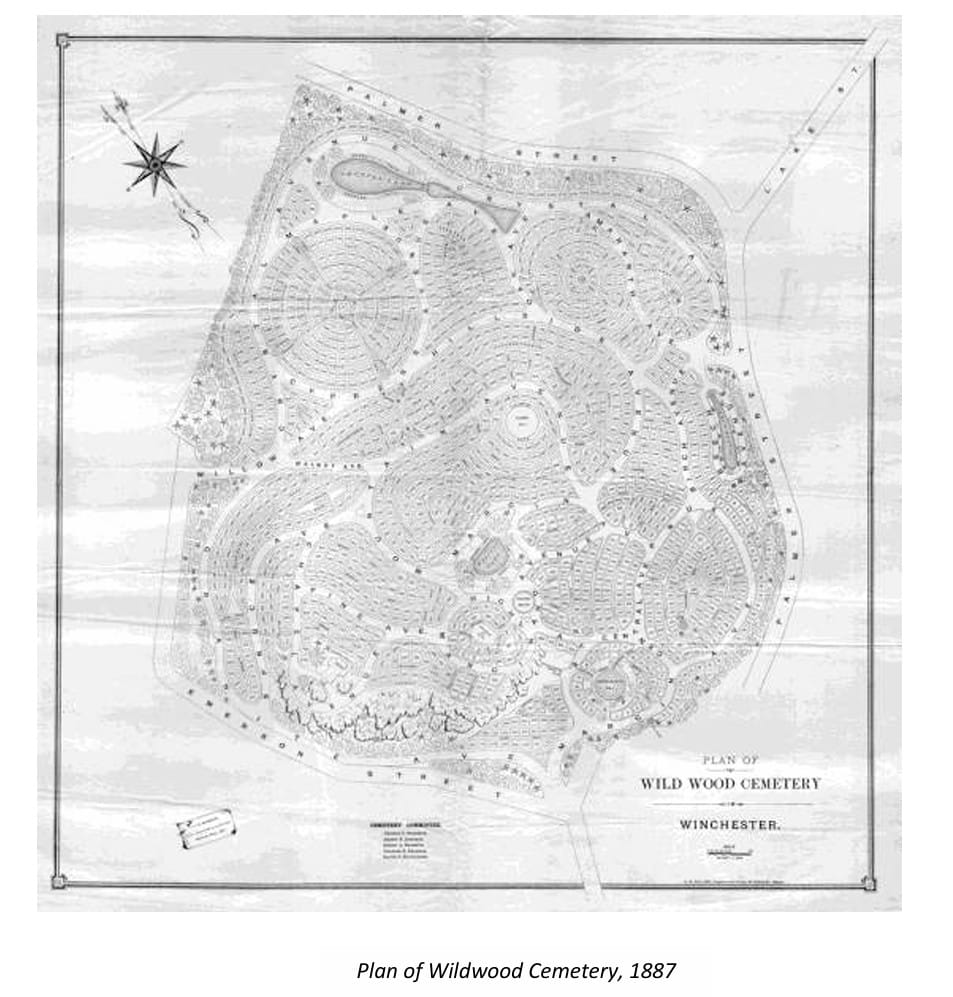
During the mid-1880s the Cemetery Committee became convinced that it was time to acquire additional land for the cemetery. On its recommendation 30 additional acres were acquired in 1886, and a new plan, drawn by J. O. Goodwin, a civil engineer in Medford, was finished in 1887.
By 1899 about 17 of the 40 acres of the cemetery were in use.
From 1921 to 1923 several additional lots, to either side of the entrance and to the west and north of Granite Avenue were also acquired. The cemetery currently comprises about 75 acres of land.
THE TOWN COMMON
It has been a place of beauty, of pleasant recreation during leisure moments, a source of public pride, and a cause calling forth willing contributions from townspeople and organizations. Yet it has also seen controversy, ridicule, scandal, and neglect. It is the Town Common.
The area that colonial settlers originally used as a common for grazing cattle was not the one identified as the Common today. The current Common lies in front of the First Congregational Church.
The colonial common lands lay next to Winter Pond. The road along which cattle were driven from the east side of the settlement to the pond was known as Driver’s Lane, renamed as Church Street after the Congregational Church was built in 1840.
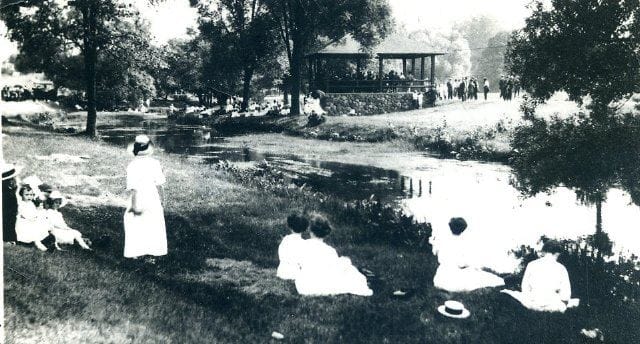
The lot that was transformed into the Town Common in the nineteenth century originally formed part of the Edward Converse farm and remained farmland for about two centuries. After Winchester was incorporated (1850), two Woburn men purchased it in 1851 for resale as house lots, but six men of the Congregational Society bought the land to prevent just that. Over the next several years the owners refused to sell the land for development, preferring to offer it to the town for a Common.
After more than one Town Meeting discussion on the subject (and some controversy), the town purchased the land for $7,000 in 1867.
For several years the town did nothing with the lot–leading quite naturally to some public raillery–while it remained ungraded, devoid of trees, uncrossed by walking paths. Dumped all over it were piles of used tan bark from the tannery on the other side of the railroad.
Then, in 1873, a bandstand was built, the first sign of a larger vision of a public park. This vision began taking real shape in 1875, when the town appropriated money for grading, loaming, and planting.
After the Village Improvement Society was formed in 1882, that group took an interest in the Common and contributed to its improvement. In 1883, under the direction of a Common and Tree Committee, the Common was regraded and cement walkways were laid out. During this era maple trees were planted which shaded the area into the mid-twentieth century.
The 1883 plans did not, however, include the bandstand. Initially, the bandstand was the butt of public mockery and lament, for after an inaugural performance by the town band on the Fourth of July, it went unused for the rest of the year.
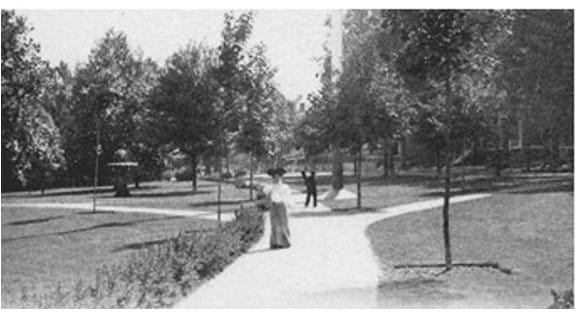
“What has become of our band?” queried a resident in the Winchester Star in October. “The stand erected on the Common at great expense has not been used.” In November, when a mock town meeting warrant was printed, the band and the bandstand each formed the subject of an article of mockery. Over the next 10 years, the town band did perform there, at irregular intervals, until the stand went up in flames on another July 4th.
Instead of rebuilding the bandstand, the common committee opted for a jet fountain. (A new bandstand was later built on Manchester Field.) Three years later, when a more elaborate fountain was proposed, residents rapidly responded to a fund-raising drive, and a new, larger fountain was installed that summer.
At first not all were pleased with the new fountain – for one reason. Atop the fountain, shocking prudent Victorians, the two cherubic figures stood in the nude. The protest that arose from certain quarters was vehement enough to force their removal. This scandal notwithstanding, for scores of years the town common, with its attractive fountain, leisurely walkways, green lawn, and shade trees, was a lovely interlude in the town’s commercial district.
For some years, residents even enjoyed watching goldfish swimming in the fountain's pool. In the late 1930s the town saw the return of the cherubs – this time clothed in a coat of green paint – which had stood the meanwhile near the home of the water superintendent. In 1942 they were destroyed in an accident of undisclosed origin.
In many ways the Common fell prey to the ravages of time and nature. A number of trees on the Common were lost during the hurricane of 1938. The hurricane almost took the flagpole also, but this long-standing structure was merely knocked askew.
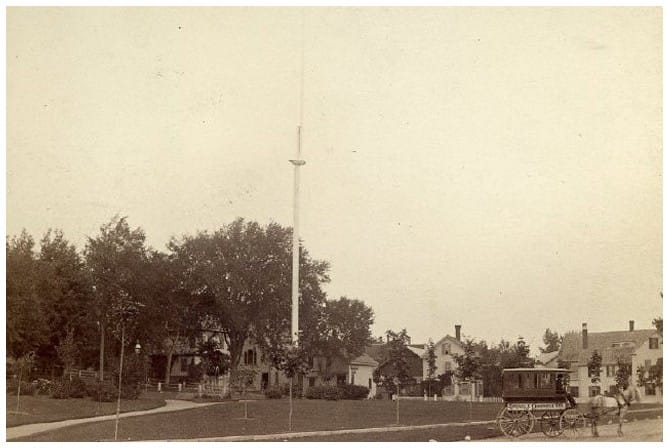
By 1960 the Common had become an object of nostalgia and was frequently described as “run down.” The fountain had ceased to function and the spruce tree planted in 1951 to replace it did not survive. The beautiful maple shade trees, many of whose roots had been cut into for new sidewalks, were dying.
For several years the Park Department made plans and estimates, and each year abandoned the plans due to the size of the appropriations necessary. Then, in 1960, with prompting from the Rotary Club, something was done.
The new plan involved no new structures and changed only two walkways, but the scheme to plant the Common with flowering trees and shrubs that would keep the Common in bloom from spring until fall brought forth a succession of community contributions to supplement the town budget.
The Home and Garden Club donated a hedge of Dorothy Prior roses. The En Ka Society funded Irish golden chain trees and a Korean beauty bush at the corner of Waterfield and Laraway. The Winchester Trust Company sponsored plantings at the corner of Waterfield and Church. The Fortnightly contributed a California Redwood. The Winchester Garden Club, Winchester National Bank, and the Girl Scouts also got involved. Individuals came forward to sponsor a silver juniper and Balkan pine at the center of the common, wisteria, and further flowering trees.
With the passage of time, shrubs have been lost and structures added. During the 350th Anniversary of the Winchester settlement in 1988, funds were raised for a planter whose form recalls the old fountain. In 1995, the Winchester Home and Garden Club contributed a new fountain.
In 2011, Town Meeting voted to dedicate the Common to former representative Sherman “Whip” Saltmarsh. Planning for a new structure is reportedly in progress, but a new master plan for the Common has not come forward.
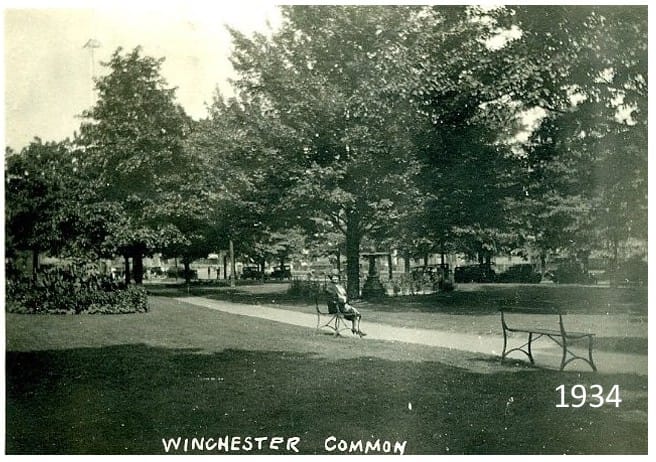
The creation of more parks accompanied the river improvement program, which began with Mystic Valley Parkway in the 1890s and lasted through the 1930s. It resulted in Ginn Field, Manchester Field, Shore Road Field (now site of the high school), Davidson Park, and the Washington Street Park.
The parks were created to prevent the return of river-side, polluting industries, provide flood-expansion areas, and to develop a green ribbon through the town.
Parks were not confined to the riverside. Though never developed for active recreation, a gift in 1913, Manchester Field bandstand provided for the Irving S. Palmer Field at Palmer and Middlesex streets, although it was never developed as a playground or sports field. Rather, the town invested, in 1917, in the land where it built tennis courts and, in 1929, a strip of land on Main Street adjacent to Wedge Pond later (1966) the site of Elliott Park.
The most recently created public park is Bellino Park on north Main Street, dedicated in 2004. Several fields, such as Leonard Field, were created for school and community sports.
Dr. Ellen Knight, archivist for the Town of Winchester, is a local historian and journalist, as well as an independent scholar in Boston arts history.
